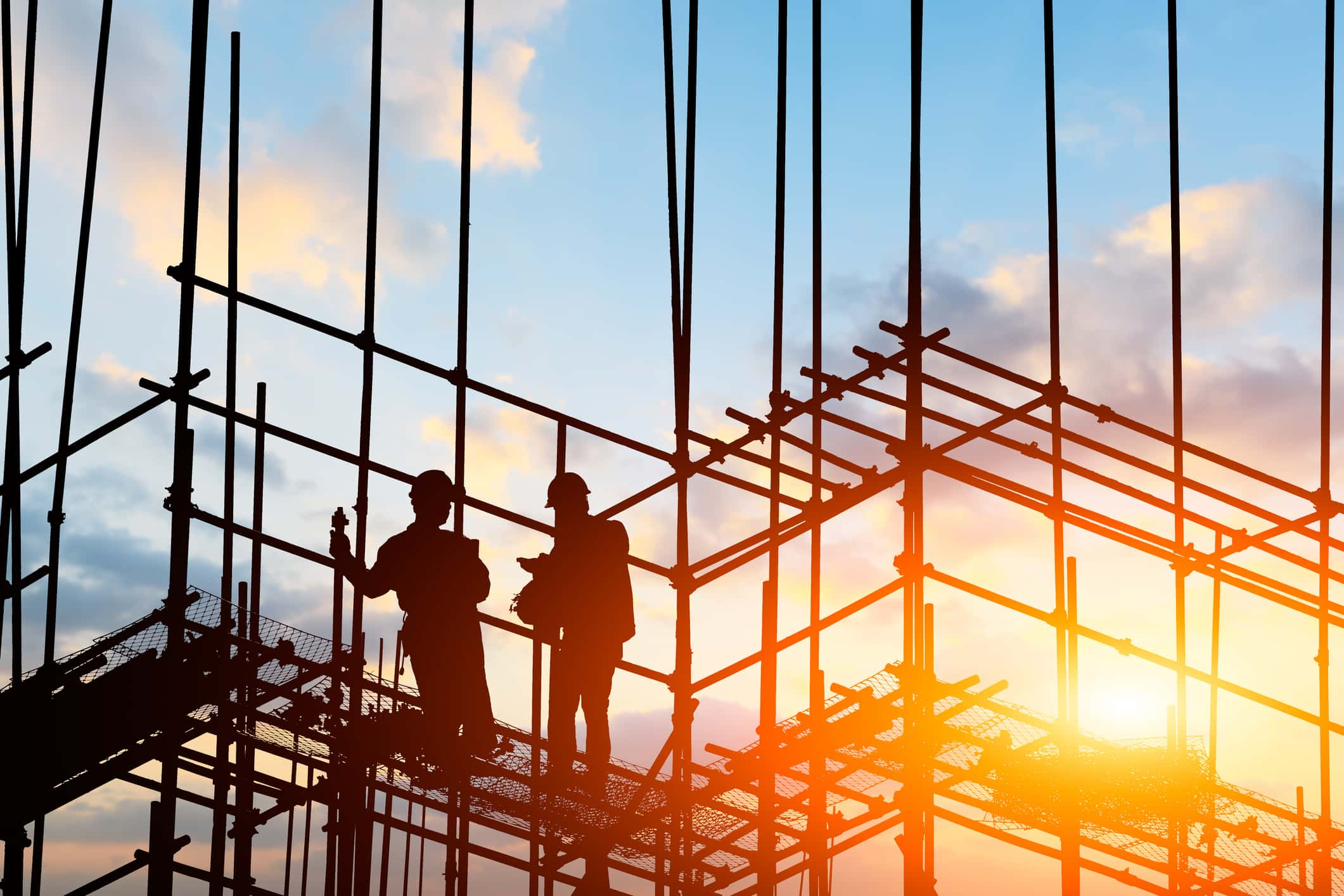Safe Work Practices: Scaffolding Industry
Published on Posted onPlease note that this post was written for Victorian audiences and the information within may not apply to other regions.
This week in Sydney saw the tragic death of an 18-year-old apprentice, who was killed when a 17-metre scaffolding structure collapsed on top of him.
Although the case of this horrific incident is being examined it is obvious that there was a catastrophic failure at this work site. It is therefore worth revisiting the duties imposed on persons working with scaffolding.
Workplace Health and Safety Queensland have identified that the erection, alteration, use, and dismantling of scaffold exposes workers to the risk of a serious fall or being struck by falling objects, such as scaffold components, tools, or in the event of a collapse, the entire scaffold.
In relation to legislation, the specific requirements for scaffold and scaffolding work are located in the Work Health and Safety Regulation 2011.
Scaffolding work is defined as high-risk work and requires users to be appropriately licensed. Scaffolding work is divided into three levels (basic, intermediate and advanced) recognising the different levels of risk and the different techniques required for certain types of scaffolding.
Safe work method statements are required for all high-risk construction work, including any construction work that involves the risk of a person falling more than two metres.
The person with management or control of a scaffold at a workplace must ensure that it is not used unless they receive written confirmation from a competent person that the construction of the scaffold has been completed.
- The person with management or control of a scaffold at a workplace must ensure that the scaffold and its supporting structure are inspected by a competent person:
Before it is used - Before use is resumed after an incident that may reasonably be expected to affect the stability of the scaffold
- Before use is resumed after repairs
- At least every 30 days.
If an inspection indicates that the scaffold or the supporting structure creates a risk to health and safety then any necessary repairs, alterations and additions must be carried out. The scaffold and its supporting structure must be inspected by a competent person again before use is resumed.
The person with management or control of a scaffold at a workplace must prevent unauthorised access to any incomplete or unattended scaffold. A person conducting a business or undertaking (PCBU) must not erect or allow another person to erect scaffolding if there is a risk a person could fall three metres, for housing construction, or two metres for all other types of construction unless:
- A control measure prevents a person from falling or a fall arrest harness system is used.
- A PCBU must not dismantle or allow another person to dismantle scaffolding if there is a risk a person could fall three metres, for housing construction, or two metres for all other types of construction unless:
- A control measure prevents a person from falling or fall arrest harness system is used.
The above requirements are a timely reminder to all employers of the need to ensure that all scaffolding is safe to be used at all relevant times to avoid the catastrophic failure that happened in Sydney.

